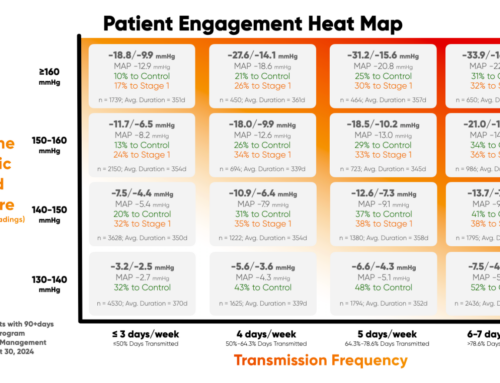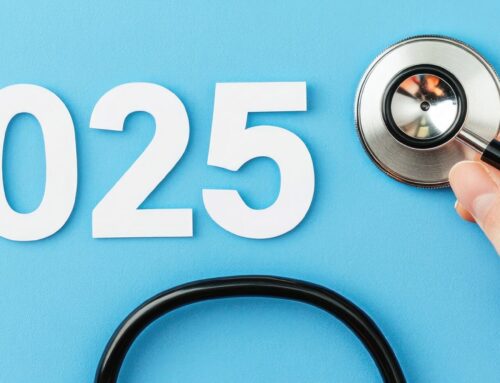Congestive heart failure and other cardiovascular diseases are medical complications that are putting the US healthcare system under an intense financial and operational strain. According to a 2018 National Center for Biotechnology Information study, cardiovascular disease accounted for almost a third of deaths, besides being the principal cause of hospitalization in the country.
The Centers for Disease Control and Prevention data shows that heart failure leads to a distressing 380,000 deaths every year. Additionally, the expenses involved in procedures related to heart failures cost the US health system more than $30 billion each year.
Risk Factors for Heart Failure
Some of the medical conditions that increase the chances of heart failure are:
- Coronary artery disease
- High blood pressure
- Obesity
- Diabetes
Certain behavioral and lifestyle habits that may increase the risk of heart failure in general, and for individuals who already suffer from one of the above conditions, in particular, are:
- Smoking
- Excessive intake of alcohol
- Intake of foods high in sodium or fat
- Insufficient physical activity
RPM and Heart Failure
The increasing use of RPM programs is constantly improving health outcomes and quality of life in many chronic conditions, in addition to helping reduce healthcare costs across the board. Heart failure is one healthcare contingency that stands to benefit the most from virtual care.
RPM and heart failure management are producing proactive results, lowering acute exacerbation rates, and keeping at-risk patients out of the hospital for longer durations.
How Does Home Monitoring Work for Heart Failure Management?
Remote Patient Monitoring can preempt acute heart failure exacerbations with the aid of integrated monitoring devices such as standard heart monitors, fluid retention monitoring scales, and blood pressure cuffs. Monitoring and recording data on heart rhythm, fluid retention, and blood pressure, can help the healthcare team to take appropriate and timely action to mitigate any aggravation.
Pre-configured cellular devices provide timely patient data, allowing physicians to react swiftly to any changes in the health status of a patient, cutting down on the need for office or emergency room visits. In addition to improved patient health outcomes, RPM and heart failure management enable patients to live normal daily routines in their home environment without causing any major interruption to their lives.
Heart Failure Clinical Use Case Outcomes
In outcomes data involving patients enrolled with HealthSnap’s Remote Patient Monitoring programs, 100 percent of the enrolled patients felt an improved sense of security due to regular monitoring.
Better health outcomes were marked by improvements in systolic blood pressure by 4.83mmHg on average, and improved diastolic blood pressure by an average of 2.35mmHg. There was an average weight loss of 5 lbs. across all weight monitoring patients.
Nearly 85 percent of patients experienced a sense of greater control over their health. All of them agreed that feedback from the care providers resulted in a better understanding of their health, with 75 percent saying that this understanding led them to make pertinent lifestyle changes and 70 percent showing improved health outcomes.
How Can HealthSnap’s Virtual Care Platform Help Manage Heart Failure?
With remote patient monitoring for heart failure management, your patients can stay connected and engaged with your healthcare team. HealthSnap’s RPM program transmits patient health data directly to the provider portal helping your doctors to make effective and timely decisions.
To unlock the true potential of RPM with HealthSnap, call 888-780-1872 or use our online form to request a consultation.











